What is Your Horse-Related Dream? Make This Year The Year!
 Marcia Moore Harrison |
Marcia Moore Harrison |  New Year ~
New Year ~  cowboy dressage ~
cowboy dressage ~  growth ~
growth ~  horse show ~
horse show ~  lessons ~
lessons ~  personal growth ~
personal growth ~  recovery ~
recovery ~  training under saddle
training under saddle Do you allow yourself to dream? Do you give yourself permission to really dream big? I love being at 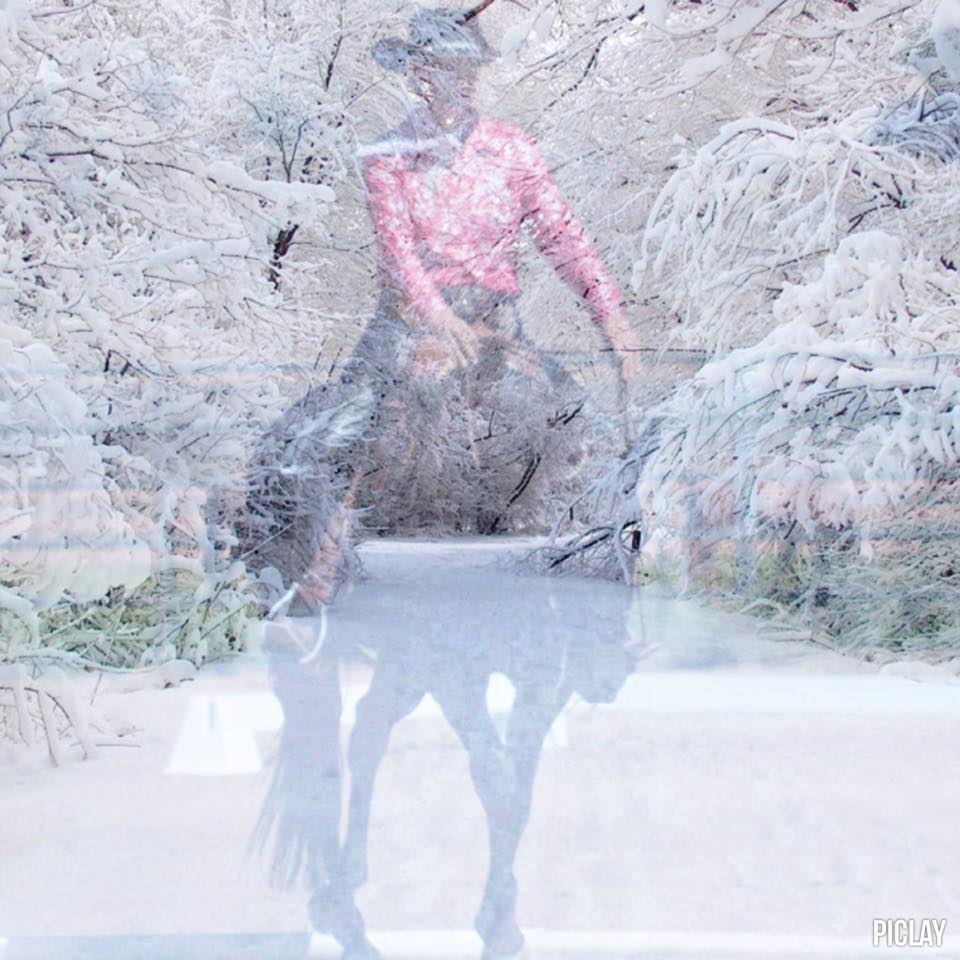 the Cowboy Dressage Finals; we get to be surrounded by people who put their dreams into action. It’s very inspiring! Closer to home, we strive to bring a little of that experience back to our clients.
the Cowboy Dressage Finals; we get to be surrounded by people who put their dreams into action. It’s very inspiring! Closer to home, we strive to bring a little of that experience back to our clients.
At MM Training, we try to encourage all our clients to dream big, to think of their potential and life’s amazing possibilities. Some know right away what their dreams are, while others need a little more encouragement. Which are you? Are your dreams right on the tip of your tongue or have you buried them deep thinking its just nonsense to even think about them? If you’ve buried your dreams deeply or just never put your dreams into reality, I would like you to consider thinking a little differently.
What if our dreams are very important? What if they are messages directly from God? This is what I believe. Listening to dreams and not squelching them might just be critical to our peace and joy in this life. Dreams can possibly be an indicator or a clue of our Godly purpose. 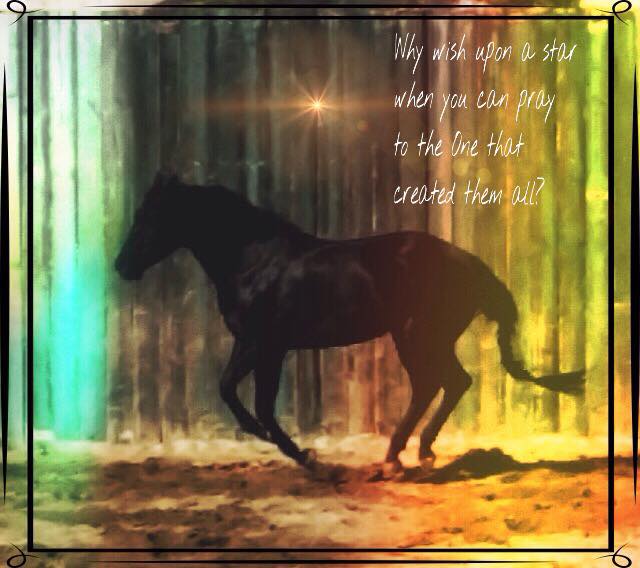 Pursuing a big dream is not so much about the achievement of reaching that dream, but about the person we become while pursuing that big dream. I think that’s what God really is concerned about. Can we pursue our dreams, grow in Him, inspire others, and give Him glory in the process? Allowing ourselves to dream is very healthy. C.S. Lewis once said, “We are never too old to set another goal or to dream a new dream.” In the following, we are not only going to encourage you to dream big, but I will share with you some of my personal experiences and give you a template for taking your own horsey dreams and making them your reality.
Pursuing a big dream is not so much about the achievement of reaching that dream, but about the person we become while pursuing that big dream. I think that’s what God really is concerned about. Can we pursue our dreams, grow in Him, inspire others, and give Him glory in the process? Allowing ourselves to dream is very healthy. C.S. Lewis once said, “We are never too old to set another goal or to dream a new dream.” In the following, we are not only going to encourage you to dream big, but I will share with you some of my personal experiences and give you a template for taking your own horsey dreams and making them your reality.
Space to Dream
I love winter for only one reason! I’m ready for the change of pace. After pushing myself so hard during the busy show season, it’s nice to shift gears a little. It’s a place we call recovery time. A time that’s so important but often under-valued and overlooked. My horses and I work very hard during the busy show season. To be our best physically, mentally, emotionally and spiritually, and to come back strong 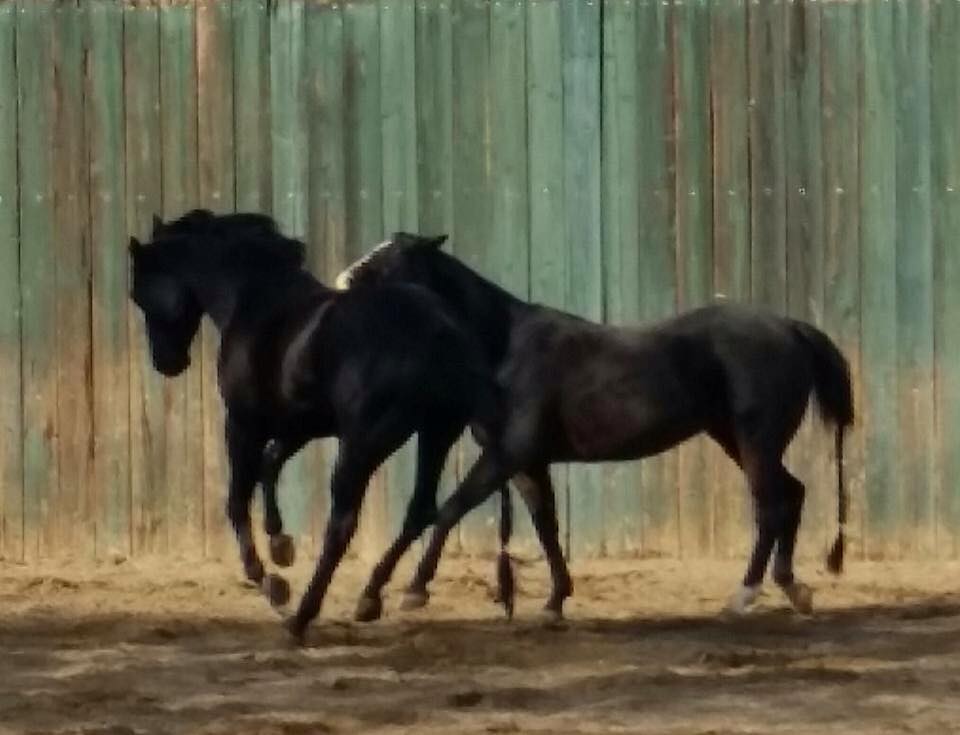 in the New Year, it’s important that I give my horses and myself a break. As James Loehr reminds us in his book Toughness Training for Life, we need to rest as hard as we work. Just as our muscles need a break so do our emotions and our brain. It’s important to allow space in our busy lives. When we do it gives our minds the opportunity to dream.
in the New Year, it’s important that I give my horses and myself a break. As James Loehr reminds us in his book Toughness Training for Life, we need to rest as hard as we work. Just as our muscles need a break so do our emotions and our brain. It’s important to allow space in our busy lives. When we do it gives our minds the opportunity to dream.
Application:
- Do you feel you (and your horse) get adequate recovery time (physically, mentally, emotionally)? Do you rest as hard as you work or play?
- Make a list of how you recover. What are some things that really feed your soul? Are you consistently getting these in your schedule?
- Have you created enough margins in your life to free yourself up to dream?
- What, if anything, holds you back from pursuing your dreams?
No Limitations to Dreaming
The feeling I have during the recovery months is like a big deep breath; an end. It’s pretty much the opposite feeling I have in January. Although it’s still winter in Northern Idaho, it’s also a new beginning. The New Year is so exciting for me! I’m a big dreamer by nature. My struggle is narrowing my dreams down into goals and action steps to make them my reality. A quick fix for this problem is entering a big show or a big competition that stretches me. I’m able to quickly narrow things down and my dream 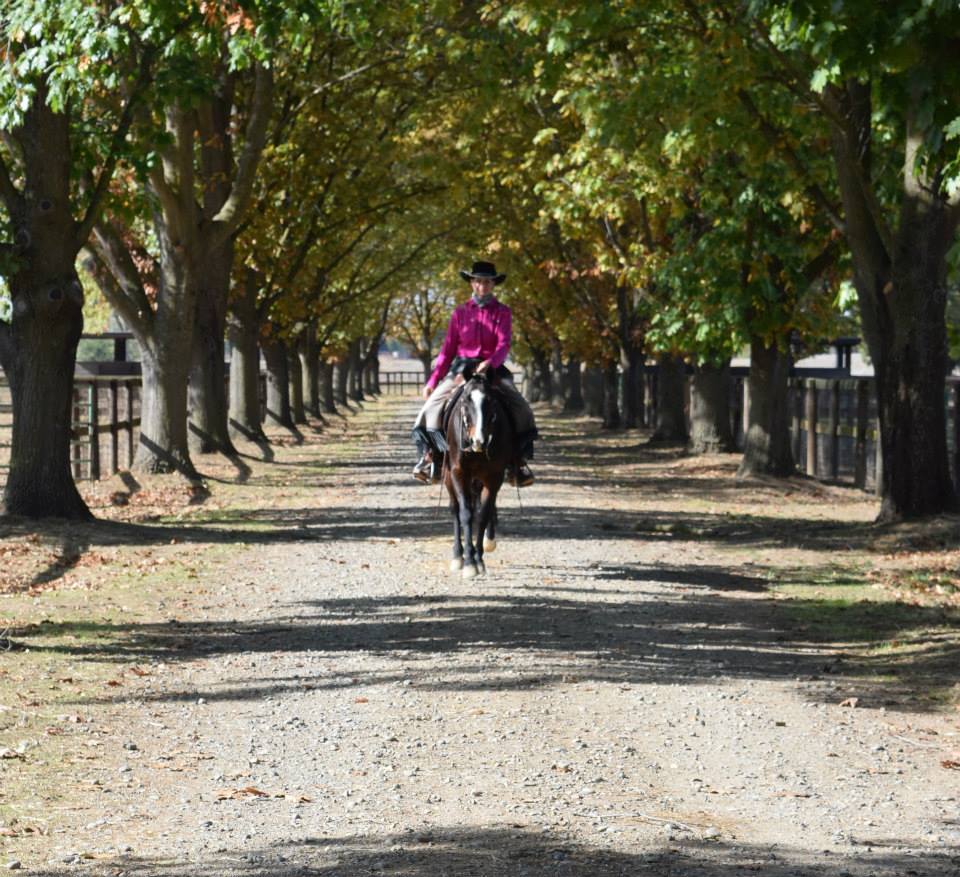 suddenly becomes more focused.
suddenly becomes more focused.
Application:
- Take the time to brainstorm your dreams for you and your horse.
- While dreaming do not limit yourself by money, time, energy, fitness, skill, etc. We can tackle those things later. Let your mind go to places it may have never been since you were a child.
- Now pick your top dream. Does it stretch you to learn and grow but with hard work is still achievable?
- Is there a specific time line for this dream? As they say, a dream is a goal without legs. Put some legs on your dream by giving it a time line. A competition date makes for an easy time line.
Make a Plan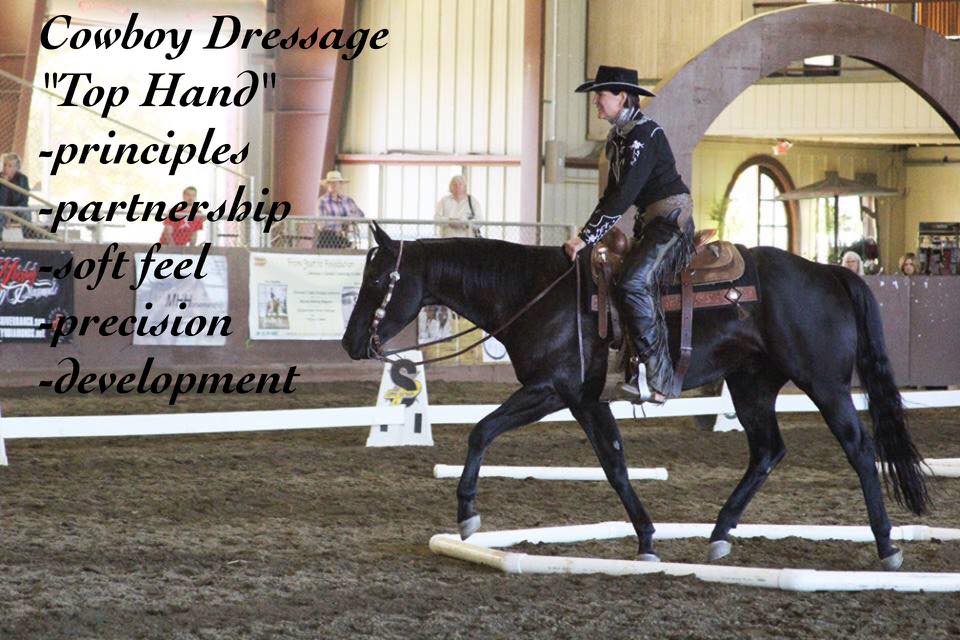
After I get my big goal on my calendar, I then break it down into smaller goals. Last year, my big goal was Top Hand at the Cowboy Dressage Finals Gathering. I had to honestly look at where I was with my skill level as a rider and a trainer. And I had to take an honest look at where my horse was in his training. Frankly, after I rode Challenge Test #2 a few times, I was wondering if I took on a little more than my horse and I could handle. But that’s what’s so great about a big goal; it pushes us to places and teaches us things we never would have gone to or learned about without pursuing the experience.
My other big goal was that I wanted to ride two different horses in the Freestyle competition. One I did with the Garrocha pole and the other I did bridleless. Although one of my horses didn’t travel very well bridleless, I didn’t feel I was lacking in my skill level or that my horses didn’t have the training they needed to get the job done. My challenge with a Freestyle routine is my personal standards. I want it to be meaningful to me and hopefully the crowd. I want it to be visually appealing with an appropriate outfit/costume. Plus, I really like the routine to be well choreographed (those that do this know it’s much easier said than done). What I’m trying to say is, with my own self-imposed standards and my own limitations, Freestyle can be stressful for me and become a big goal.
Application:
- Take the time to honestly look at your own skills as a rider/trainer. Where are your specific weaknesses? Do you lack knowledge? Or is it more physical?
- What are a couple of baby goals to help you grow and become a more effective partner for your horse?
- Now look at your horse honestly. Where is he lacking in his training? Is it foundational? Or has he been at the same level for quite awhile without his training moving forward?
- Look honestly at your personal situation. Time, money, season of life, resources, etc. all need to be considered before tackling a big dream or goal.
- If you need help with this evaluation, don’t hesitate to ask a professional. Sometimes when we get an honest evaluation, it might send us back to picking a more achievable goal for the current year. But don’t let that derail you. It will be time well spent because you will still be working towards your bigger goal. This is a process and we need to love the process.
Intermittent Goals and Time Lines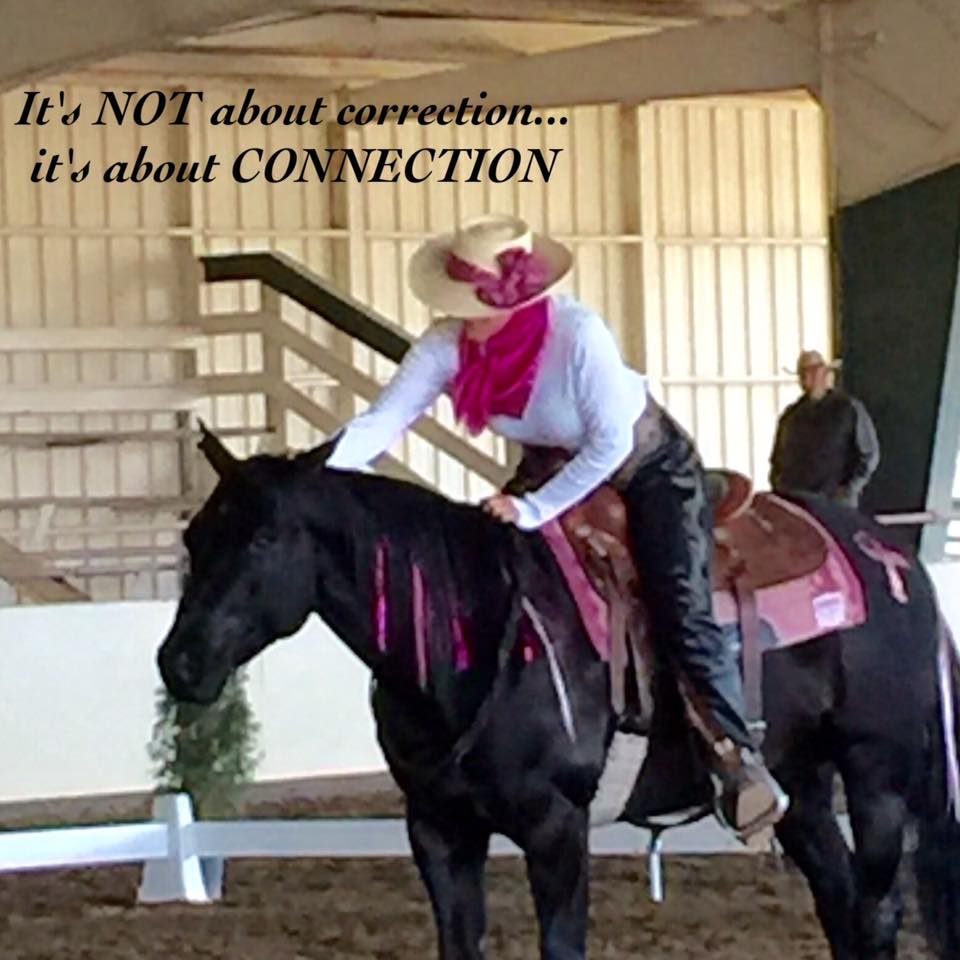
Top Hand and Freestyle were my two big goals for last year and I definitely had a time line: the CD Finals. After I knew specifically what I was going to do, and had honestly looked at myself as a trainer, my horses training level, and my personal situation, I could make a monthly plan to help fill in my and my horse’s weaknesses. Plus I could set some intermittent time line goals.
I scheduled many smaller, less important events, shows, play dates, etc. every month leading up to the Finals. For example, I performed at events where I could do my Freestyle in front of a crowd. I signed up for a couple of clinics. I took a few lessons. I attended some smaller open and CD shows. I planned trail rides just to give my horses a mental break but still keep them physically fit. I made a point to go places and spend the night with my horses. All these things were specifically scheduled, not for just fun, but to help us toward my bigger goals: Top Hand and Freestyle.
Application:
- Looking at you and your horse’s weak areas, what do you think you would benefit from? One on one lessons? A clinic? Getting out and about more?
- What about you as a competitor? Do you need practice in stressful, intense situations?
- What events, shows, clinics, etc. can you schedule that would help you set some intermittent goals and time lines on your journey to your bigger goal?
Daily Habits and Sacrifices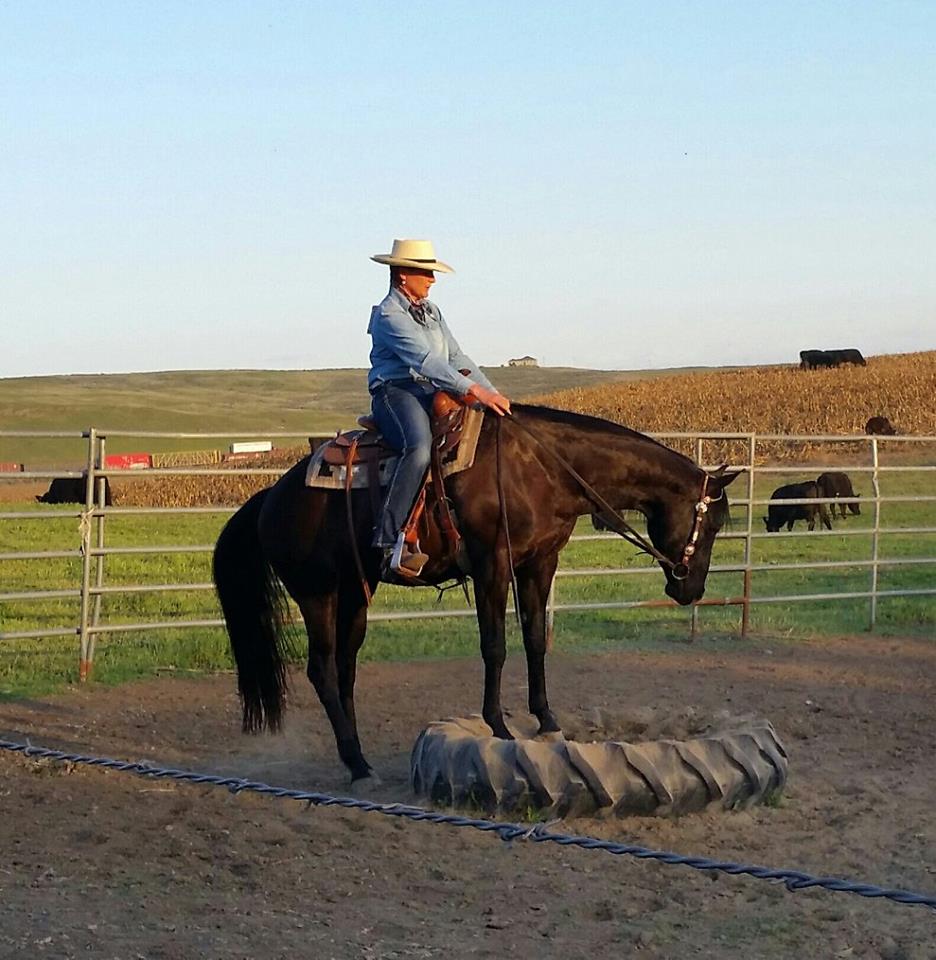
After I had my schedule set, I then broke my intermittent goals down into daily habits. Daily habits are so important. Consistency is key to transformation. We cannot hit and miss and expect any change. As Joe Frazier once said, “Champions aren’t made in the ring; they’re merely recognized there. What you cheat on in the early light of the morning will show up in the ring under the bright lights.” Or as an English poet once put it, “We first make our habits, then our habits make us.” We can’t force training, but we can show up and nurture the process.
I know, for myself, I have to give up a few things in my life and schedule if I want to be serious about pursuing a goal. I have to say “no” sometimes to myself and to others. Yes, that can be hard at times but those that love us will understand. And in the end the sacrifice can be so worth it!
Application:
- Are you serious about your dream…your goal?
- What are you willing to give up to pursue your dream?
- What kind of daily habits do you need to establish in your life to making your riding/training more consistent?
- It’s always good to have a lesson plan and a schedule, but do you listen to what your horse is telling you he needs? A good leader can adjust when needed.
Make This Year the Year!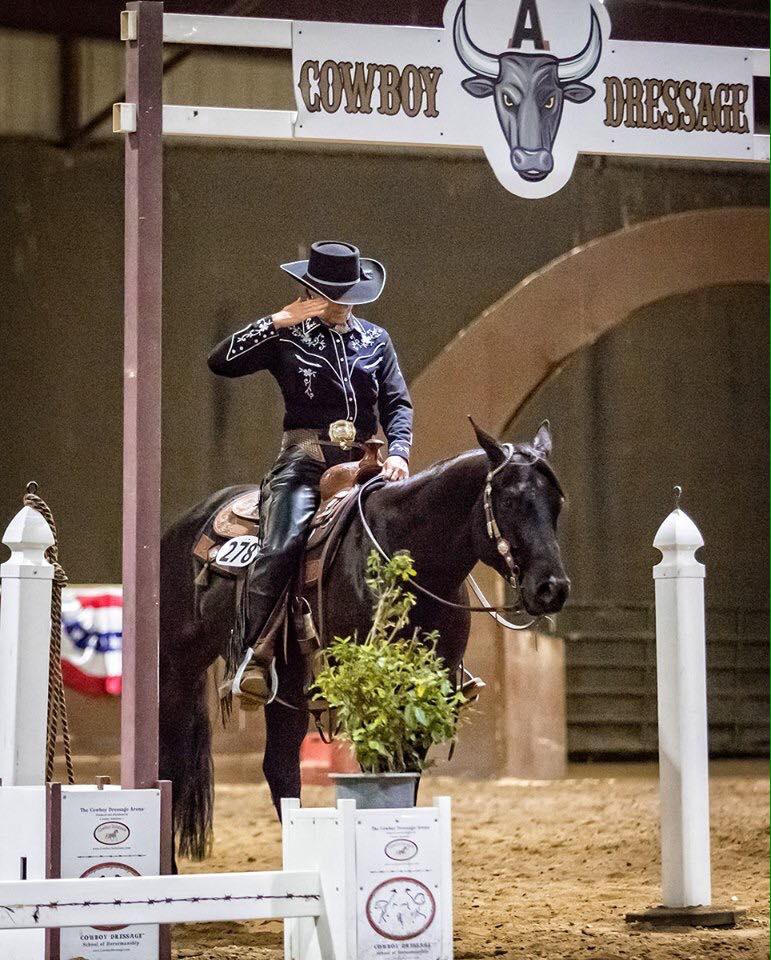
In closing, although there can be much more to this goal setting process, I hope this blog was helpful and will get you started on the way to your horsey dreams. Remember, it’s healthy to dream. It is a way that God speaks to us uniquely. Dreams might be a way to discover our purpose in life. Don’t ignore them! Get excited about the person you will become for taking a courageous step in following your dreams!
If you want to learn more or want some personal help with your dreams and goals, please give us a call. We are coaches at MM Training; our passion is helping others achieve their dreams. We would love to work with you!
For more information on goals and goal-setting to reach your dreams please see our website at www.mm-horsetraining.com




